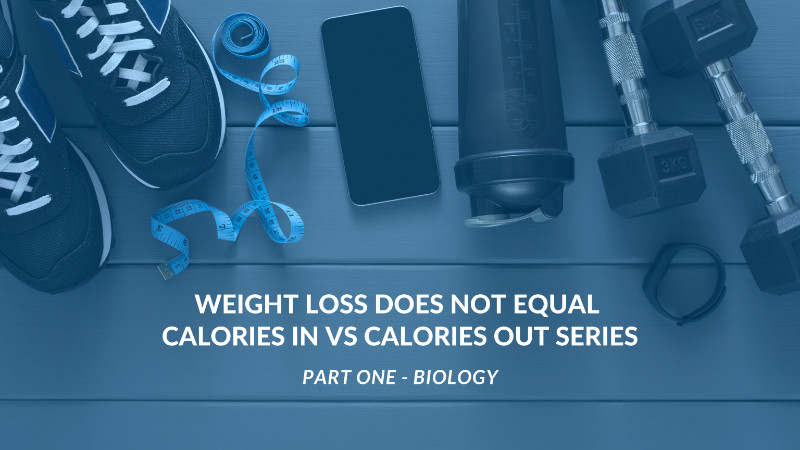
by admin | Diet & Nutrition, General Practitioners, Healthfix Team
Welcome to part 1 of our Weight Loss Does Not Equal Calories In Versus Calories out series where we look to debunk the long held belief that weight loss has always just been about calories in matching calories outs. When we look at low fat, low sugar, low carb diets...

by Sean | General Practitioners
COVID Distrupted 2020 Written by Sean Cooney The Past If you caught our January internal newsletter I discussed how we adapted when severe COVID restrictions hit New South Wales. We knew there was going to be a continued need for good health care but we had to concern...

by Sean | General Practitioners
Mel Juergens 5 quick questions Written by Sean Cooney Our dietitian Mel and I sat down to have a conversation about the early influx of GP and non GP referred patients that we tend to see in the months of January and February. Here’s some key take away points....

by Sean | General Practitioners
Medicare’s Chronic Disease Management Written by Sean Cooney With the chronic disease management and team care arrangements offering such a wide scope of practice for a wide variety of people, no two patients are really the same. But, of course, there are some...





